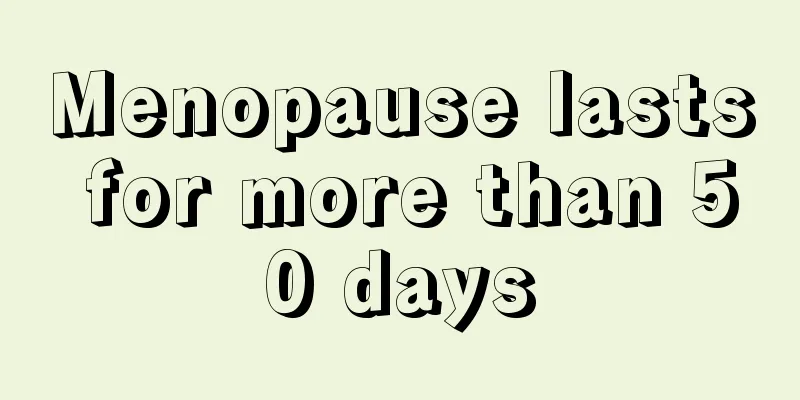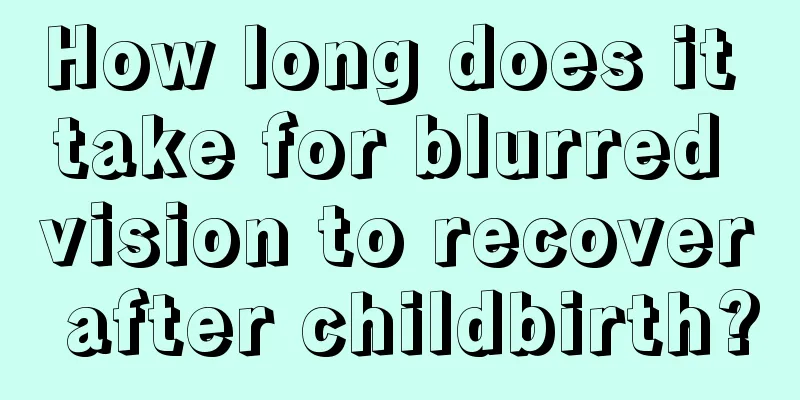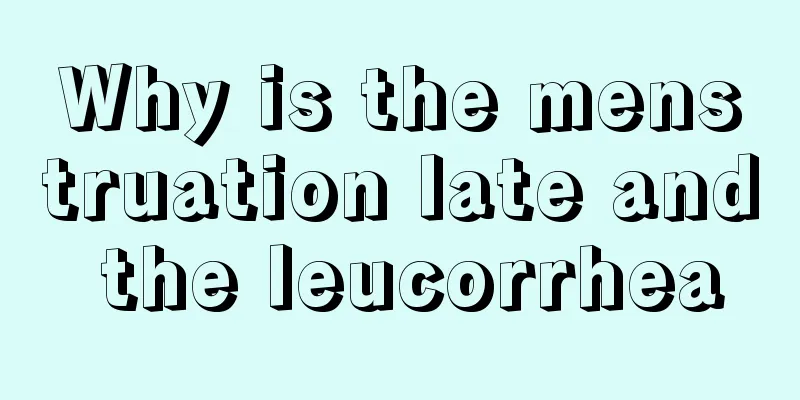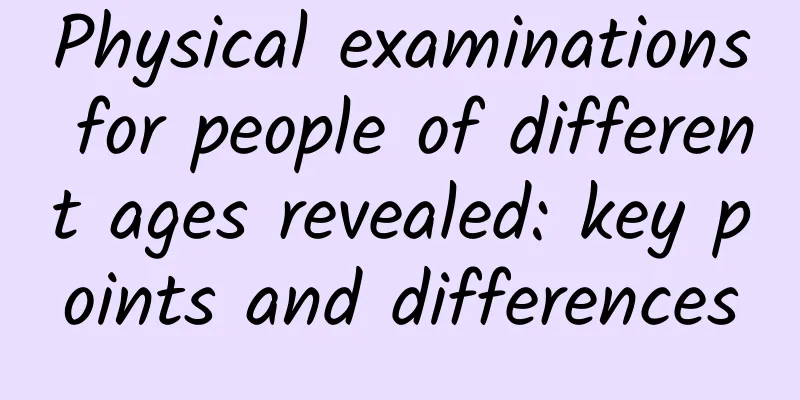Ovaries without echo

|
Sometimes, when women are doing physical examinations and ultrasounds in the hospital, they find that there is a term on their physical examination form that they are not very familiar with. This term is called ovarian echolessness. In fact, most of the time, there is no echo in people's ovaries. However, if you want to check whether you have ovarian cysts, you still have to judge based on the woman's own ovulation period. Generally speaking, the diagnosis of bilateral ovarian echolessness requires the help of menstruation. If the woman being examined is not in her ovulation period, it may be pathological. The specific situation requires going to the hospital for examination to be confirmed. If the absence of echo in both ovaries indicates normal follicles, then there will naturally be no problem. However, if the absence of echo in both ovaries is caused by ovarian cysts, then it needs to be taken seriously, because the appearance of ovarian cysts can cause great harm to women's physical and mental health. (1) Ovarian cysts can cause endocrine disorders, leading to many problems such as premature aging and ovarian cancer. (2) Ovarian cysts may increase the risk of miscarriage in early pregnancy. If the ovarian cysts are too large in late pregnancy, they may cause abnormal fetal position and block the birth canal during delivery, resulting in dystocia. (3) Ovarian cysts can cause abdominal swelling and, in severe cases, vomiting, fever, and severe abdominal pain. They must be treated immediately. Bilateral polycystic ovary syndrome is a common endocrine disorder in women of childbearing age, with the age of onset mostly between 20 and 40 years old. Under normal circumstances, the ovaries play an extremely important role in the female body. Together with the hypothalamus and pituitary gland, they form an endocrine axis. By secreting female hormones, they form female-specific physical signs and can act on the uterus to maintain normal menstruation in women. When the regulatory function of this endocrine axis is impaired, it will cause hormonal disorders in the body, leading to excessive androgen, abnormal estrogen, etc. This vicious cycle causes the bilateral ovaries to enlarge, the capsule to thicken, the follicles to fail to mature and ovulate, the formation of cysts of varying sizes, polycystic ovaries, and a series of symptoms, which are called polycystic ovary syndrome. [1] |
>>: Anechoic areas in the ovary
Recommend
How to treat black aunt
The menstrual condition represents the physical f...
Why pursue bird's nest, abalone, ginseng and shark's fin to supplement nutrition?
In traditional Chinese cuisine, bird's nest, ...
What are the effects of less sex on women?
The effects of less sex life on women include end...
Can low progesterone mean ectopic pregnancy?
Regarding the issue of ectopic pregnancy, women m...
How to get rid of accessory breasts in the armpits
If women have accessory breasts under the armpits...
Why are chronic diseases becoming more and more prevalent among younger people?
I don't know if you have noticed that long-te...
Wisdom tooth inflammation and swollen lymph nodes
I believe that many people are tortured by dental...
How many months can I do a paternity test?
Personal identification is a common type of ident...
Tips on how to deal with numb hands after confinement
Hand numbness is a common symptom for many people...
What does Wang Jie think - Covering with a thick blanket, listening to music, counting sheep, taking melatonin, which one can really save insomnia
Recently, many people have asked me how to improv...
Can black pearl cherries be propagated by seeds? What should be paid attention to when planting black pearl cherries?
The advantages of Black Pearl Cherries are that t...
Detailed explanation of the reasons and benefits of green eye protection!
People always feel visual fatigue after using the...
Why does a girl have chest pain?
The breasts of adolescent girls develop rapidly. ...
5 good habits to strengthen your immune system
On May 3, Argentina's Buenos Aires Economic N...

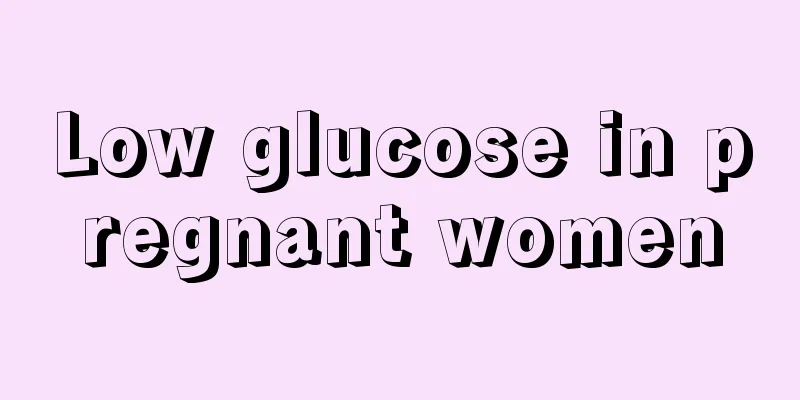
![[TCM Nursing Column] Unblocking "lung obstruction" and breathing freely - moxibustion with medicinal cakes for the treatment of chronic obstructive pulmonary disease](/upload/images/67f14bca220a4.webp)
